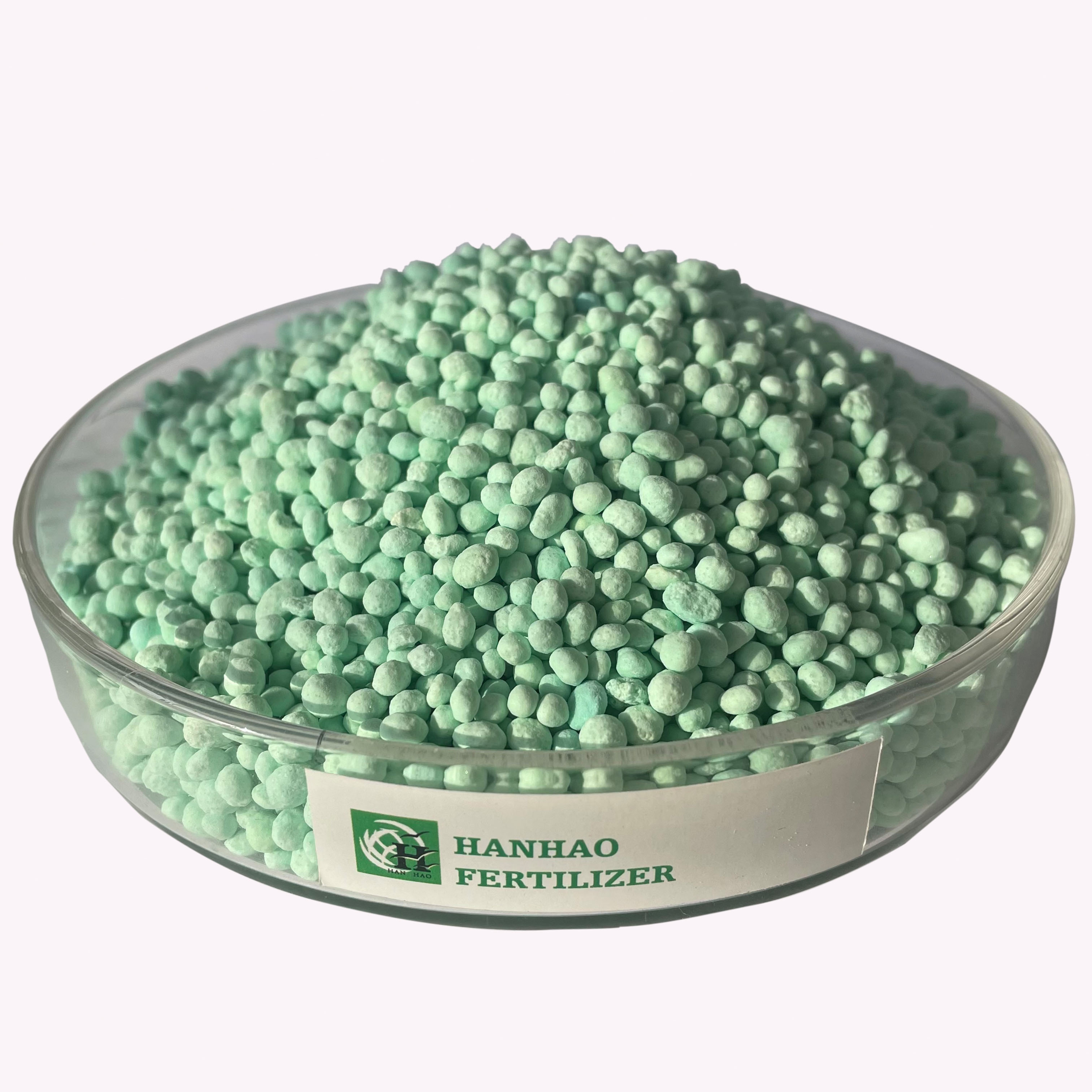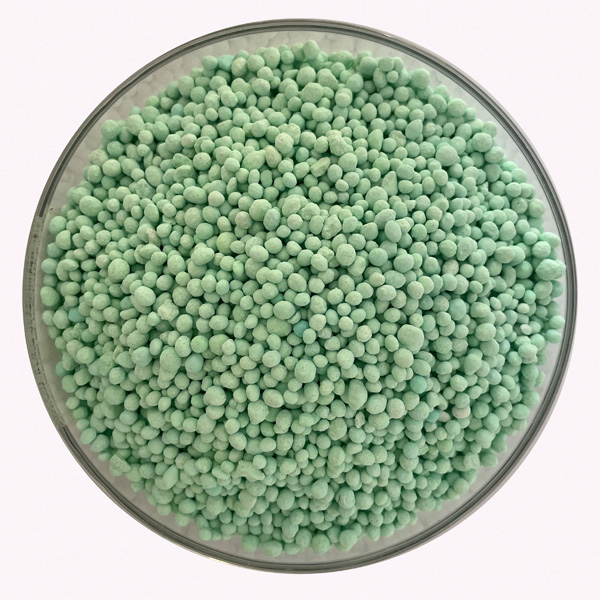
Oct . 05, 2025 23:15 Back to list
Organic Manure Compost: Build Soil, Boost Yields—Why?
If you grow with compost, here’s a practical twist I see on many farms: pairing organic manure compost with precision NPK granules. To be honest, the blend often delivers fast-available nutrition plus the humus benefits growers love. And yes, I’ve noticed the better results usually come from clean, uniform granules that spread evenly without dusting the whole shed.

What’s trending (and why it matters)
Across Asia and increasingly in Europe, growers are mixing organic manure compost with chloride-controlled NPKs. Two currents drive this: tight compliance on heavy metals and the push for nutrient-use efficiency. High-tower granules dissolve predictably; tumbling granules are cost-efficient. Honestly, I’ve seen both approaches work—context is king.

Product at a glance: NPK Compound Fertilizer granular (High Tower / Tumbling)
Origin: A-713, Zhengyang City Square, Chang’an District, Shijiazhuang, Hebei, China. This line offers NPK/NP/NK formulas built from ammonium sulphate, urea, potassium sulfate/chloride/nitrate, and mono ammonium phosphate—with optional traces (MgO, Mn, Cu, Zn, Fe, Mo; EDTA chelates). Many customers say the uniform 2–4 mm sizing just makes life easier in the spreader.
| Appearance | White granular; OEM colors available |
| Typical NPK Ranges | ≈10-10-10 to 20-20-20 (customizable) |
| Particle Size | 2–4 mm ≥90% |
| Moisture | ≤2.0% |
| Granulation Types | High Tower; Tumbling |
| Packaging | 10/25/50 kg; Jumbo bag |
| Container Capacity | 26–27 tons / 20GP |
| Service Life | ≈24 months if dry, shaded, sealed (real-world use may vary) |

Process flow and QC
Materials are dosed, granulated (high tower prills for tight sphericity; tumbling for robust density), dried, cured, screened to 2–4 mm, then anti-caked. Testing follows GB/T 15063 compound fertilizer specs for total N, P2O5, K2O; moisture; size distribution; and crushing strength (target ≈2.5–4.0 N). Heavy metals checked per EU 2019/1009 guidance; nutrients verified by ISO 17025–accredited methods or AOAC where applicable. It sounds a bit dry, but consistency is the quiet hero of good yields.

How growers use it with organic manure compost
- Row crops (maize, wheat): blend compost for soil structure; side-dress NPK for quick N and K.
- Greenhouse veg: chloride-sensitive cultivars lean to K2SO4-based formulas.
- Fruit/tea: split applications to reduce leaching; match canopy growth.
Rates are soil-test driven; as a rule of thumb, balance compost’s N mineralization with the granular’s immediately available NPK.
Vendor comparison (quick take)
| Vendor | Granulation Tech | Customization | Lead Time | Certs/Docs |
|---|---|---|---|---|
| HHFertilizer (Hebei) | High Tower; Tumbling | NPK ratio, trace pack, color OEM | Around 10–20 days | ISO, COA, SDS |
| Regional Trader A | Tumbling (outsourced) | Limited SKUs | 20–30 days | COA on request |
| Local Blender B | Bulk blend | Flexible, but variable uniformity | 7–14 days | Basic spec sheet |

Field notes and outcomes
- Maize, North China Plain: compost + 15-15-15 led to ≈8–12% yield bump vs. compost-only, same water regime (seasonal variation applies).
- Greenhouse tomato: K2SO4-based NPK + organic manure compost reduced blossom-end rot incidents in a chloride-sensitive cultivar.
- Tea estate: split NPK with spring flush; soil organic matter edged up steadily with compost additions—slow but meaningful.
Surprisingly, even modest trace packages (Zn, B) can move the needle where soils test low. Always confirm with local lab data.
Standards, testing, and documentation
Conformance guided by GB/T 15063 (compound fertilizers); nutrient assays via AOAC/ISO 17025 labs; EU 2019/1009 for export specs; SDS and COA available. Many buyers ask for chloride-free K options for sensitive crops—worth the premium in my book.
- FAO. Fertilizer and Plant Nutrition Guide. https://www.fao.org
- ISO/IEC 17025:2017 – Testing and calibration laboratories. https://www.iso.org
- GB/T 15063-2020 – Compound Fertilizers (China National Standard).
- Regulation (EU) 2019/1009 – EU Fertilising Products.
- AOAC Official Methods for Fertilizer Analysis. https://www.aoac.org
-
Sustainable Growth with Organic Phosphate Fertilizer | Benefits & Innovations
NewsNov.24,2025
-
Organic Phosphorus and Potassium Fertilizer: Sustainable Soil Nutrition & Global Impact
NewsNov.24,2025
-
Organic Phosphorus Fertilizer: Sustainable Nutrient Solutions for Modern Agriculture
NewsNov.23,2025
-
Sustainable Growth with Organic Phosphorus Plant Fertilizer | HH Fertilizer
NewsNov.23,2025
-
Organic Plant Meal Fertilizer for Sustainable Agriculture – Benefits & Innovations
NewsNov.22,2025
-
Organic Plant Root Fertilizer – Sustainable Solutions for Healthy Soils & Stronger Plants
NewsNov.22,2025
